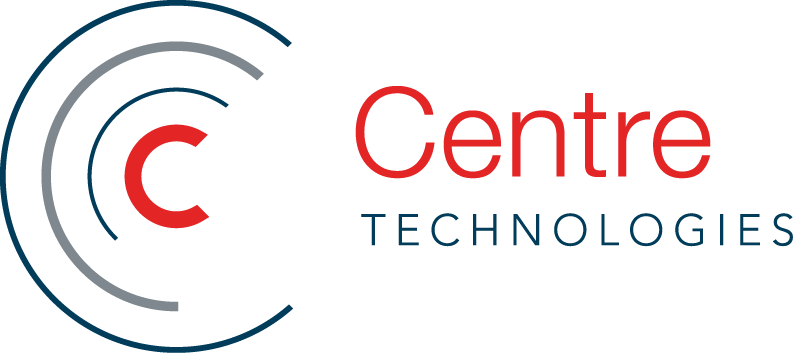Taylor (05:59)
Mhm.
James (06:00)
Um and I think the answer is because it's not new to us. Backups have been around forever, scanning's been around forever, a lot of our listeners I know have told me that they've done scanning before but they only do one a year or they only do one every uh, every six months and if that's the case, it's just- they're looking at old data. They need to continue to do it so that someone's staying on top of it and assigning priorities. Um, remember the word immutable?
Taylor(06:24)
Yeah.
James (06:25)
Heck, it was almost the name of our podcast right?
Taylor (06:27)
Yeah.
James (06:28)
So immutable backups too are- are critical here. Um, if- if you have these certain measures in place, if it's- if it's newer technology set up correctly then this won't be happening to you.
Taylor (06:39)
Yeah. I want to stay on that topic just for a second. What- what do we do as Centre and- we lead people to Cohesity say-
James (06:47)
Mhm.
Taylor (06:47)
What does that look like?
James (06:51)
Would we lead them to it?
Taylor (06:52)
Yeah, like that would be our, that- that's our partner we work with.
James (06:55)
Yeah so there's- there's many ways or so our NOC, you're familiar, we have the managed services out of the house. That- that group will- will support any backup. They don't care what type of flavor of backup you've chosen as a business but, if you were looking for a recommendation, we would lead you to a program- a service that ends up having a lot of discipline and controls put already in place. That proven method would allow you to rely on something outside of the human behaviors that you might document on your own or learning from your own mistakes. Uh, aside from that, we do have preferred partners. You're exactly right, I think if- if someone has a serverless environment, if somebody's a startup or, a small business, they might not need something as beefy as a Cohesity unit. So it doesn't matter on their size, we'll figure out a good solution. We're seeing a big adoption recently of VDI especially with the virtual work- workloads. You can put into Azure or AWS and if you're doing something like that, you can get away from having on-prem backups so, that lowers your cost and that barrier to entry is really small at that point. So I would- I would say you probably want something like Keepit that backs up your SaaS applications at a really low cost but for a unlimited amount of data. Um and then some kind of program where somebody's taking uh, enterprise-grade IT policies and implementing them into your business.
Taylor (08:13)
Mhm. How do we get past the like, how do we get past step one? Like, we can't even drill it into people's head, this- we need- this is important. It's a big deal.
James (08:22)
This gets debated a lot inside Centre's walls. I like the debate. The- the question that comes up is, are those four things that matter in a sequence that- that's intentional. And so, to me, there- there is an intentionality behind it. So, the clean copy of data- if somebody gets into your business, if you have the right system set up, you can just shut down and rebuild in a really quick process, so that's step one. Step two, proactive threat hunter isolates and contains the things so if someone does breach your walls, you're able to keep it from being system-wide. Step three, if you were to go through the process of sitting down and looking at 'what security things do we focus on' well, this is the only way to really do it. Here are all the things that exist that you don't know about, how do you prioritize them and go attack them? The government, FBI, and another- I think it was CISA, just gave a list of um, required vulnerabilities- known vulnerabilities-
Taylor (09:14)
Mhm.
James (09:14)
- that need to be shored up by government entities. Some of them date back to 2017.
Taylor (09:19)
Yeah, we talked about that.
James (09:20)
Yeah, another list just came out. Like that's wild someone just needs to go through and see those and then the last one an incident response plan. If you don't know who you're going to turn to, who you're going to call and talk to when the event- when the event occurs, then you're you're- you're up a creek without a paddle.
Taylor (09:35)
That sounds well.
James (09:36)
Is that a term still?
Taylor (09:37)
Yeah, I know what it means.
James (09:41)
So, cutting out the small talk, we were able to shed some time off of today's episode?
Taylor (09:44)
Uh, we're still at nine and a half minutes.
James (09:46)
That's all well.
Taylor (09:47)
That'll work.
James (09:48)
That was perfect.
Taylor (09:49)
Just under 10.
James (09:51)
So, for all of our listeners out there, ready to get rid of any uh, small talk like what I wore for Halloween, this one's for you guys.
Taylor (09:58)
Thanks guys, thanks for joining us. We'll see you next time.


